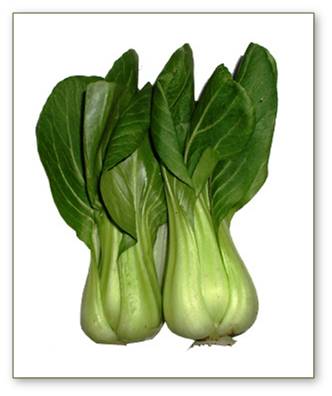Tubers are various types of modified plant structures that are enlarged to store nutrients. They are used by plants to survive the winter or dry months and provide energy and nutrients for regrowth during the next growing season and they are a means of asexual reproduction.[1] There are both stem and root tubers.
A stem tuber forms from thickened rhizomes or stolons. The tops or sides of the tuber produce shoots that grow into typical stems and leaves and the under sides produce roots. They tend to form at the sides of the parent plant and are most often located near the soil surface. The below-ground stem tuber is normally a short-lived storage and regenerative organ developing from a shoot that branches off a mature plant. The offspring or new tubers, are attached to a parent tuber or form at the end of a hypogeogenous rhizome. In the fall the plant dies except for the new offspring stem tubers which have one dominant bud, which in spring regrows a new shoot producing stems and leaves, in summer the tubers decay and new tubers begin to grow. Some plants also form smaller tubers and/or tubercules which act like seeds, producing small plants that resemble (in morphology and size) seedlings. Some stem tubers are long lived such as those of tuberous begonia but many tuberous plants have tubers that survive only until the plants have fully leafed out, at which point the tuber is reduced to a shriveled up husk.
Stem tubers generally start off as enlargements of the hypocotyl section of a seedling but also sometimes include the first node or two of the epicotyl and the upper section of the root. The stem tuber has a vertical orientation with one or a few vegetative buds on the top and fibrous roots produced on the bottom from a basal section, typically the stem tuber has an oblong rounded shape.
Tuberous begonia and Cyclamen are commonly grown stem tubers. Mignonette vine (Anredera cordifolia) produces aerial stem tubers on 12-to-25-foot-tall (3.7 to 7.6 m) vines, the tubers fall to the ground and grow. Plectranthus esculentus of the mint family Lamiaceae, produces tuberous under ground organs from the base of the stem, weighing up to 1.8 kg per tuber, forming from axillary buds producing short stolons that grow into tubers.
A tuber is a plant structure which saves energy for the parent plant; tubers can also be used for vegetative reproduction by most plant species which form tubers. This differentiates tubers from roots; roots are capable of taking up energy, but they cannot store it, and they also cannot be used for propagation. Many cultures eat tubers, because of their stored energy and dense, fleshy texture. The best-known example of an edible tuber may be the potato, a South American plant which has been cultivated for food for thousands of years.

